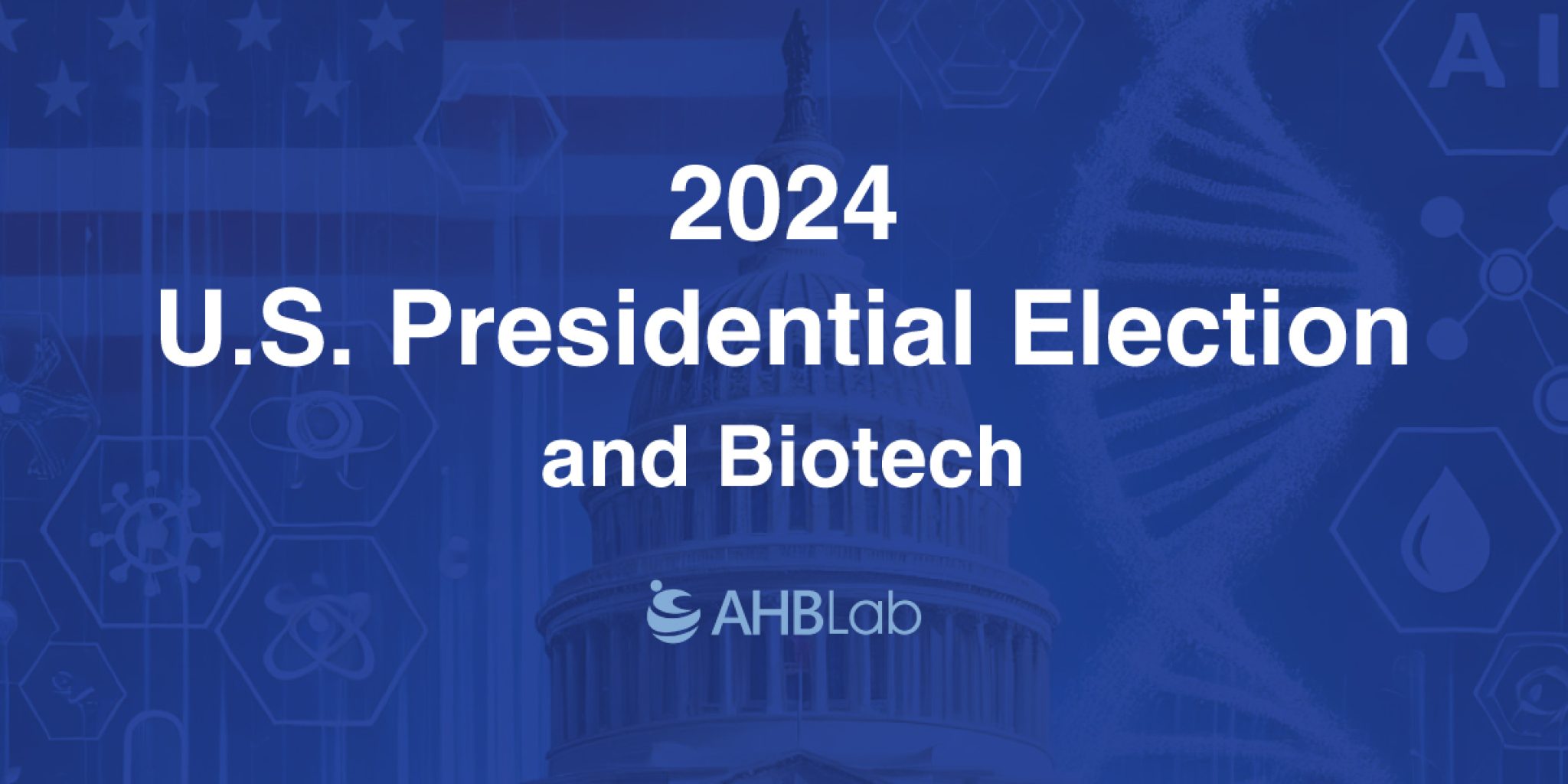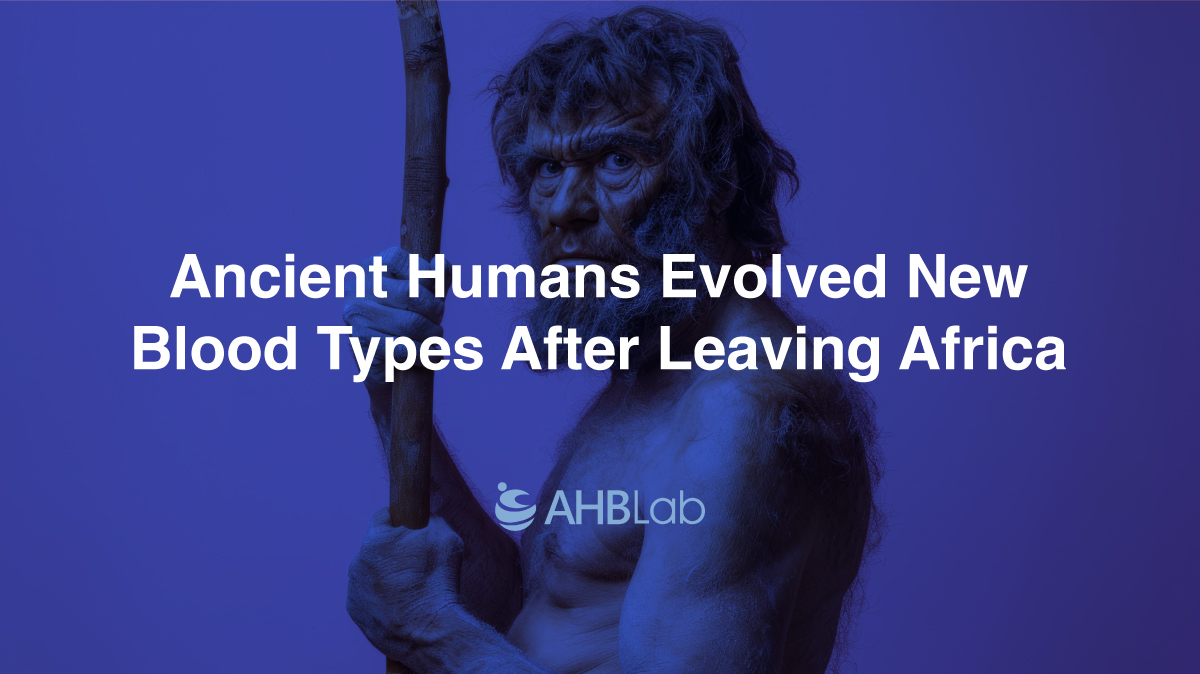As a biotech company deeply invested in the future of scientific innovation, strong, forward-looking policy that fosters research, development, and industry growth in the life sciences is central to everything we do. Now that the 2024 U.S. presidential election is just around the corner, great changes are coming into play for the incoming administration within the science-driven areas leading not only to technological development but also in our line of work pertaining to biotechnology.
While the nuances of science might not lead campaign headlines, the policies to be produced within the next White House will admittedly impinge upon everything from research funding right through to regulatory oversight. Kamala Harris and Donald Trump offer some very different visions for America’s scientific future, and the winner of this election will set the course of how the U.S. navigates pressing scientific challenges-from AI and climate change to biotechnology and healthcare.
Here’s a close-up look at where each candidate stands on the key scientific issues that matter most to our industry.
More news: https://edition.cnn.com/election/2024
1. Research Funding: The Lifeblood of Biotech Innovation
Being a biotech company, investments in research and development necessarily have to be long-term and continuous to feed innovation. Kamala Harris will likely continue to increase funding for research in climate change, medical breakthroughs, and public health. That means the government may increasingly support biotech firms working on sustainable solutions, healthcare innovation, and advanced research areas like gene therapy and personalized medicine.
Harris’s administration would likely support increased investment in the National Institutes of Health, which provides direct funding for much of the research responsible for these current breakthroughs in biotech. In turn, her potential support of other agencies, such as the National Science Foundation and a drive for biomedical progress, could create the kind of enabling environment in which firms in the biotech sector can make good progress in health-related innovations.
Meanwhile, Donald Trump’s focus on deregulation and shrinking the size of the federal government may suggest that funding will become more selective. While Trump has conventionally advocated for cuts to federal research programs, his administration also showed support for particular areas, including AI and defense technologies. A second Trump administration likely would focus biotech funding on areas related to national security and/or technological competition with China, such as quantum computing, AI, and advanced biomedical research. At the same time, overall research funding could remain constrained by the Republican push to slash federal spending.
2. Regulatory Environment: Streamlining or Stalling Progress?
The regulatory landscape significantly impacts the time it takes for biotech innovations to make their way from the lab to market. Harris would likely further work to streamline regulations to ease the path for both researchers to conduct their work and companies to bring new products and therapies to market. Her lens on equity and health justice could yield policies that would incentivize inclusive clinical trials, equitable access to biotech innovations, and responsible uses of emerging technologies such as CRISPR and gene editing.
Trump was widely expected to continue his drive toward deregulation. During his presidency, his administration had tried to cut down on bureaucratic red tape across industries, including biotech. Under the Biden administration, the trend could be in reverse. While that may be a good thing for companies wanting expedited approval processes, it also could mean there are fewer safeguards that will especially fall within such areas as environmental health or ethical oversight. While companies working under the complex regulatory frameworks of the FDA and/or EPA might expect a Trump presidency to yield a more relaxed set of restrictions, it would also be likely to ratchet up the political temperature on biotech practices-particularly in domains such as gene editing or stem cell research.
3. Immigration Policies: Talent and Workforce Development
The biotechnology industry depends on diverse talent and international collaboration. Much of our innovative skill depends on the researchers, who in many cases come from outside the United States. Harris has consistently supported policies that will attract and retain foreign talent, which can assist biotech companies in their efforts to find top science recruits throughout the world. Her administration would more than likely keep open the door to highly qualified workers through things like making it easier for foreign STEM graduates to get green cards, making sure U.S.-based biotech companies retain access to the global talent pool.
On the other hand, hardline Trump immigration policies might make it tougher for biotech companies to tap into international talent. While Trump has demonstrated some interest in high-skilled immigration, his overall policies have generally ranged from tightening the borders to limiting immigration. A second Trump administration could reintroduce restrictions that limit the flow of international scientists and engineers into the U.S., thereby affecting the need of the biotech sector to attract such talent with a view to driving innovation.
4. AI and Biotechnology: Navigating the Future of Innovation
Artificial Intelligence is reworking everything in biotech, from drug discovery to personalized medicine. Both Harris and Trump recognized the importance of AI, though their approaches were disparate in the realms of regulation and deployment. Harris has supported setting ethical “guardrails” on AI to make sure its use in industries such as health care and biotech is equitable and nondiscriminatory. Her policy would likely stress safety, security, and trust in the uses of AI, particularly in sensitive areas such as healthcare data and genomic research.
On the other hand, Trump is going to push harder toward more rapid development of AI without heavy regulation that would keep progress at bay. His administration pursues AI innovation throughout industries, and he has done quite a bit with biotech to further emphasize leveraging AI in drug discovery, diagnostics, and precision medicine. Trump’s “go fast” approach to AI will raise concerns about privacy and data security, not to mention the possibility of biased outcomes for applications in healthcare.
5. International Collaboration: The U.S. Biotech Industry and China
As U.S.-China relations continue to worsen, the next president will have an important role to play in shaping the future of international scientific collaboration. Harris’s approach for balance will, if elected, enable global partnerships to proceed in as uninhibited a manner as possible, while taking seriously the protection of sensitive technologies. That would be good for biotech firms involved in cross-border collaborations and could mean U.S. companies will be able to collaborate with their international partners while their intellectual property is protected.
Trump would likely go the other way: isolationist. His administration had already moved to restrict collaborations with Chinese researchers, especially on work involving national security. The harder line that Trump would have taken could ban biotech partnerships with China and cut off valuable collaborative opportunities in such fields as genomics, pharmaceuticals, and medical devices.
Conclusion: The Future of U.S. Science Policy and Biotech
The election in 2024 offers the biotech industry a choice between two futures. Kamala Harris offers a vision of sustainability, health equity, and the responsible use of emerging technologies-giving rise to one that is more inclusive, ethically rounded, and grounded in approach toward biotech innovation. Her policy will no doubt translate into more funding and increased regulatory support for companies working on climate and health solutions.
In that respect, Donald Trump would represent an accent on deregulation, rapid technological change, and competition vis-à-vis global rivals such as China. While good for biotech firms insofar as a lighter regulatory burden is desired, they could bring their set of challenges in terms of talent acquisition and international collaboration.
The stakes could hardly be higher for biotechnology companies. Not only will the next president’s policies dictate funding and regulatory environment matters for research, but they also will determine the flow of scientific talent and international collaboration driving scientific discovery. Looking ahead, it’s important to consider how these policy shifts will frame the path ahead for innovation in biotechnology and the wider life sciences sector.
Let us all stay informed and involved, because what happens in Washington will most definitely be impacting the work we do now and for years to come.
在 AHB 实验室, we’ll continue to monitor and update you on these important developments and how they affect our industry. Stay tuned for more insights as the election unfolds!






